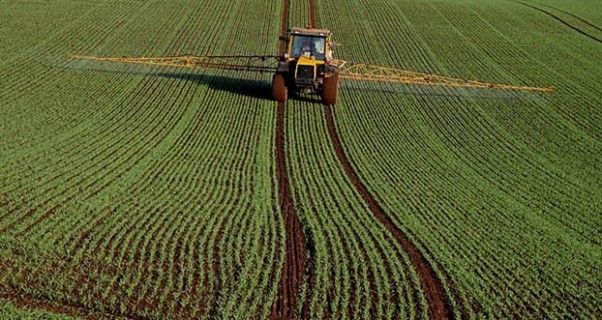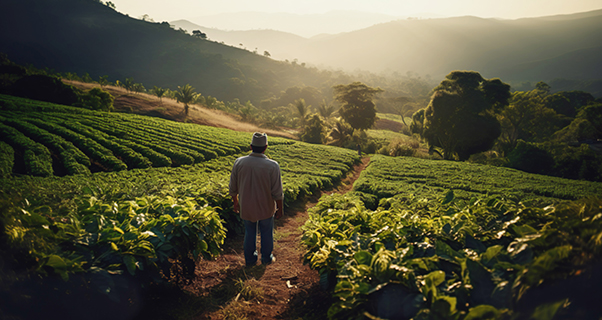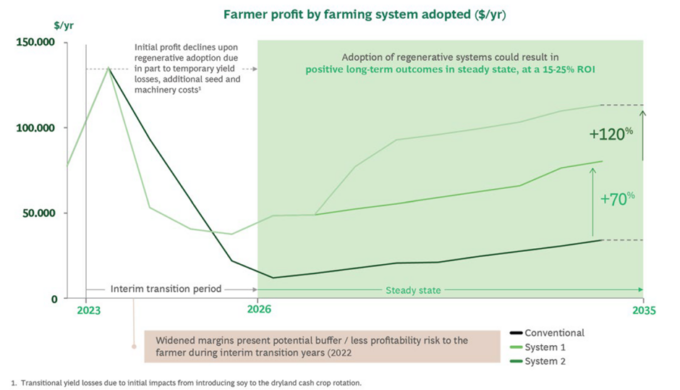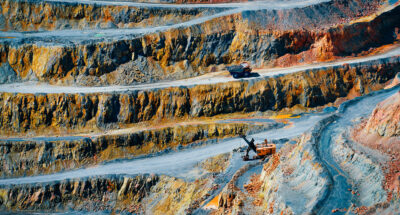Growing up in the sunny South of France, I had the chance to be in nature almost every day. The experiences of one of my parents’ closest friends taught me that it was not to be taken for granted.
Franck is a French winemaker in the Bordeaux region in the South of France. His family has been struggling over the last few years, despite managing the vineyards for four generations. Hail, temperature volatility, and floods have caused them to lose up to 80% of harvests.
His response to these increasingly difficult changes in climate was to start integrating regenerative agriculture practices to enhance the resiliency of his grapevines and protect his legacy.
A third of our climate impact – and a good proportion of human diseases – can be attributed to our agricultural system. I was curious to find out what regenerative agriculture is about and to examine the extent to which it represents a viable solution to the climate crisis.
With half of the world’s farmable land currently degraded, regenerative agriculture holds the potential to significantly cut the industry’s emissions, by improving soil health and consequently contributing to a more resilient food system, according to the World Economic Forum.
But what is regenerative agriculture? And is sustainability enough for farms to manage extreme weather fluctuations?
How farming destroyed the soil
Conventional industrial agriculture was born after World War II in an attempt to compensate for labor shortages by maximizing yields through mechanical and chemical equipment. The rise of technological innovations at first generated impressive yields in production, which presented a promising solution to feed the fast-growing population after the war ended.
However, when too much carbon is pulled out of the ground and released into the atmosphere, it creates an imbalance. Little by little, heavy tilling disturbed and impoverished the topsoil, which gradually led to a massive loss of biodiversity. One of the biggest consequences is soil erosion, which leads to flooding and desertification. These dramatic changes can be seen in several countries around the globe, including Australia and the United States.
The resulting land degradation forced farmers to become increasingly dependent on synthetic products to fight diseases and pest attacks, which could no longer be naturally managed by a rich underground soil food web. Nowadays, it is estimated that a third of our total climate impact and the majority of human diseases come from our food and agricultural system.
The 2014 sci-fi movie Interstellar illustrated the results of this dramatic erosion of the environment and human health, referring to the 1930s American Dust Bowl, which was mainly caused by poor agricultural practices. In addition to land degradation, less biodiversity also means fewer vital microorganisms in our food, leading to less resilient human bodies.

Audio available











